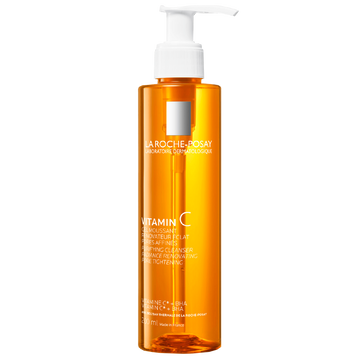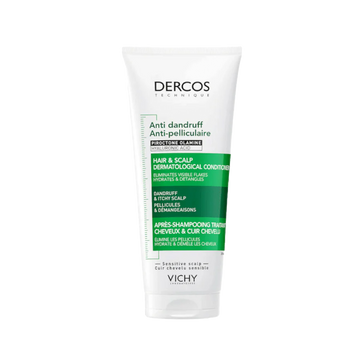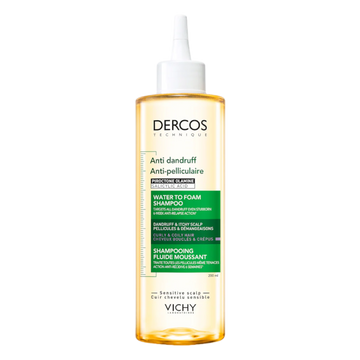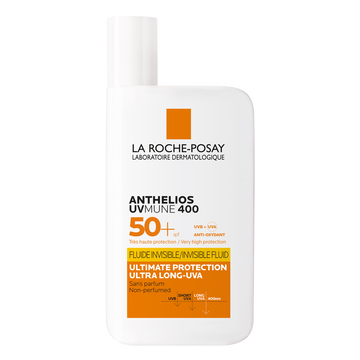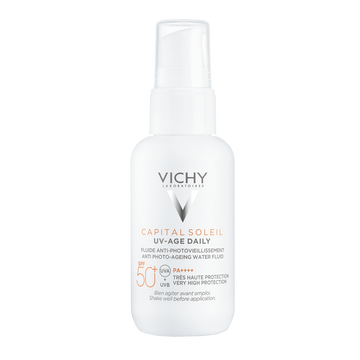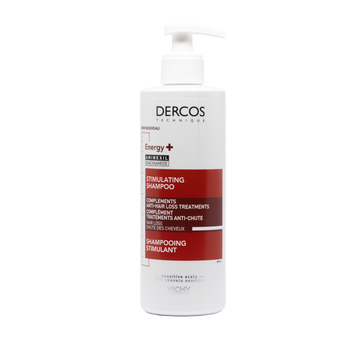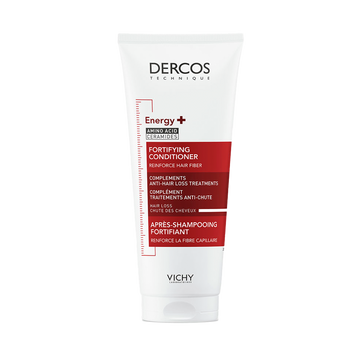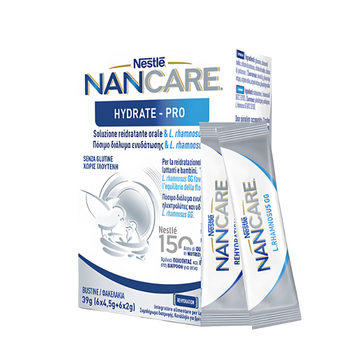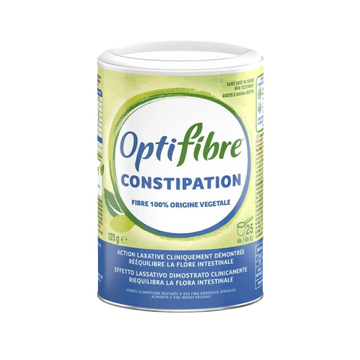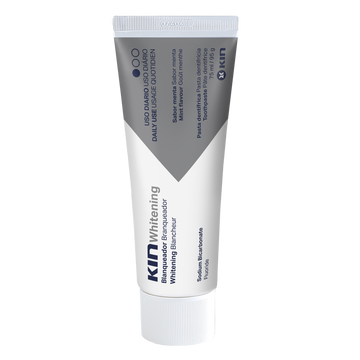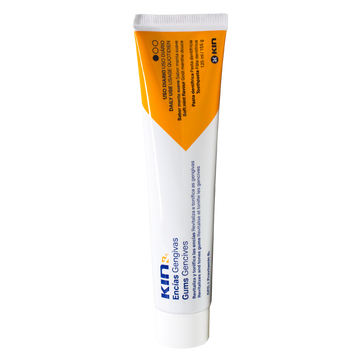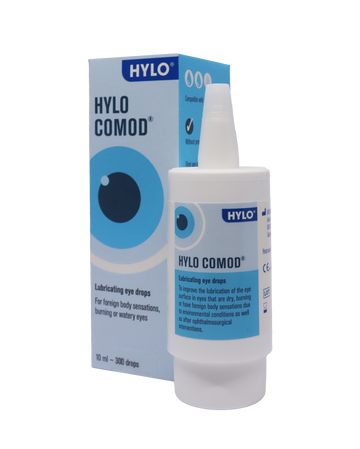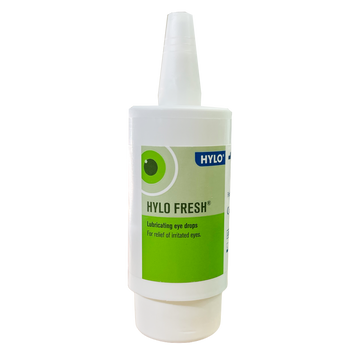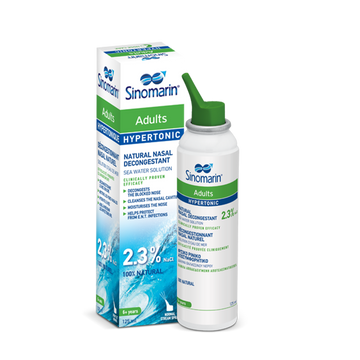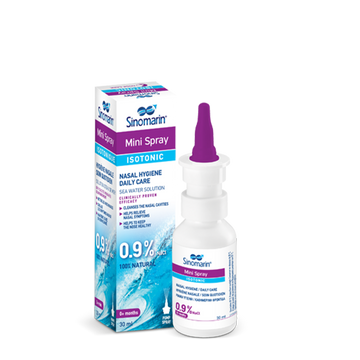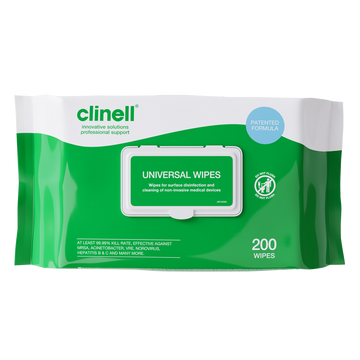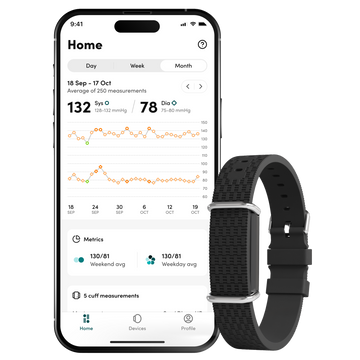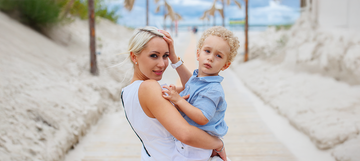As a mom, your child’s health and safety are your top priorities. One of the most crucial aspects of their well-being is protecting their skin from the sun. UV rays can cause serious skin damage, even in the short term, and repeated sun exposure can increase the risk of skin cancer later in life. But don’t worry — with the right knowledge and products, you can protect your little ones from harmful UV radiation.
In this blog, we’ll cover 5 essential things every mom should know about kids' sun protection, and we’ll introduce you to two fantastic products that every parent should consider: Anthelios Dermo-Paediatrics Baby Lotion SPF50+, Anthelios UVMUNE Dermo-Paediatrics Spray SPF 50+ , and Anthelios UVMUNE Dermo-Paediatrics Milk SPF 50+. Let’s dive in!
1. Find Shade During Peak Sun & Cover Up
For Babies Under 6 Months
Babies under six months of age should be kept out of direct sunlight. Since babies’ skin is thinner and more sensitive, they are at a higher risk of sunburn. Move your baby to the shade under a tree, umbrella, or stroller canopy. Dress babies in lightweight clothing that covers their arms and legs, use a brimmed hat to shade their neck and face. While sunscreen is not recommended for babies under 6 months under international guidelines, the combination of shade and protective clothing is key to keeping them safe.
For Babies Over 6 Months
Babies over 6 months of age should still be kept out of direct sunlight, especially in places with a high UV index such as Malta. Though the babies’ skin has grown it’s still thin and sensitive. Thankfully Anthelios Dermo-Pediatrics Baby Lotion SPF50+ is an exceptionally high sun protection formulated for the most sensitive of baby’s skin. It’s important to first start with a small test patch and see how your baby’s skin reacts before applying it to the whole body. It’s also important to keep in mind that it's essential to keep babies under 3 years old covered in lightweight clothing that covers their arms & legs, while also sporting a hat and sunglasses.
For Older Children
For older children, covering up is the first and best line of defense against harmful ultraviolet radiation exposure. Stay in the shade whenever possible and limit sun exposure during the peak intensity hours—between 10 a.m. and 4 p.m. The sun's damaging UV rays can bounce back from sand, water, snow, or concrete, so be extra careful around these reflective surfaces.
Select clothes made of tightly woven fabrics, which provide better UV protection. Cotton clothing is both cool and protective, making it ideal for kids. Also, consider a wide-brimmed hat to shade the cheeks, chin, ears, and back of the neck. Sunglasses with ultraviolet (UV) protection are a good idea for protecting your child's eyes.
2. Choose the Right Sunscreen for Your Kids
Not all sunscreens are created equally, and children's skin is much more sensitive than adults’. When selecting a sunscreen for your kids, look for products that are specifically formulated for their delicate skin. Choose a broad-spectrum sunscreen with an SPF of 30 or higher, and ensure it is water-resistant if your child is swimming or sweating.
The American Academy of Dermatology recommends avoiding sunscreens with added fragrances or harsh chemicals, as these can irritate the skin. Instead, opt for hypoallergenic and pediatrician-tested formulas to minimize the risk of skin reactions.
Anthelios UVMUNE Dermo-Paediatrics Milk SPF 50+ is a great option for children with sensitive skin. It’s a gentle, moisturizing sunscreen that offers high protection without irritating the skin. This milk formula is perfect for all children, providing them with the protection they need while keeping their skin soft and smooth.
👉 Learn more about Anthelios UVMUNE Dermo-Paediatrics Milk SPF 50+ here: Anthelios UVMUNE Dermo-Paediatrics Milk SPF 50+
3. Reapply Sunscreen Frequently
Even the best sunscreens can lose their effectiveness after a few hours. That’s why it’s crucial to reapply sunscreen every two hours — and more often if your child is swimming or sweating. Many parents forget this key step, which is why sunburns often happen after a fun day at the beach or park.
For active kids who love playing in the water or running around, Anthelios UVMUNE Dermo-Paediatrics Spray SPF 50+ is the perfect solution. The easy-to-apply spray formula makes it quick and convenient for reapplication. Whether you’re at the pool or playing in the yard, you can trust this sunscreen to provide lasting protection throughout the day.
For tips on how to stay consistent with sunscreen reapplication and how to avoid sunburns, refer to this detailed article from the Skin Cancer Foundation: How to Apply Sunscreen Effectively.
4. Sun Protection Should Start Early (And Continue for Life)
The earlier you start teaching your kids about sun protection, the better. Sunscreen should be a part of your child's daily routine from a young age. Even babies under six months old should be protected from the sun by avoiding direct sunlight and using baby-safe sunscreen if necessary.
For toddlers and older children, it’s important to apply sunscreen regularly. According to the World Health Organization (WHO) , sun protection is essential for children from infancy through adolescence. This habit will not only help prevent sunburns but also reduce the risk of premature skin ageing and skin cancer later in life.
For everyday use, Anthelios UVMUNE Dermo-Paediatrics Spray SPF 50+ is a fantastic choice for keeping your little one protected. This lightweight, broad-spectrum sunscreen spray is easy to apply and provides reliable protection against harmful UVA and UVB rays. It’s ideal for parents who need a product that’s both quick and effective.
👉 You can check out Anthelios UVMUNE Dermo-Paediatrics Spray SPF 50+ here: Anthelios UVMUNE Dermo-Paediatrics Spray SPF 50+
5. Sun Protection is Important on Cloudy Days Too
It’s a common misconception that sun protection is only necessary on sunny days. In fact, up to 80% of UV rays can penetrate through the clouds, so your child can still be at risk of sunburn even when it’s cloudy.
Whether it’s sunny or cloudy, make sure to use sunscreen regularly and take other protective measures. The WHO has a helpful article that explains why UV radiation is still a concern even on overcast days: Why UV Radiation is Still Dangerous on Cloudy Days.
Final Thoughts: Keep Your Kids Safe in the Sun!
Protecting your kids from the sun is essential to their health, and it’s something that every mom should prioritize. By choosing the right sunscreen, reapplying regularly, using protective clothing, and taking breaks in the shade, you can significantly reduce your child’s risk of sunburn and long-term skin damage.
Anthelios UVMUNE Dermo-Paediatrics Spray SPF 50+ and Anthelios UVMUNE Dermo-Paediatrics Milk SPF 50+ are two excellent products that provide high levels of protection, are gentle on sensitive skin, and are easy to apply — making sun protection for your little ones a breeze.
Start these habits early, and your kids will grow up with healthy, protected skin — and you’ll be able to enjoy the outdoors worry-free!
Disclaimer: Always consult with a Paediatrician before using new products on your child's skin, especially if they have sensitive skin or allergies.
Follow Us:
Instagram: @Prohealthmalta
Facebook: ProHealth
For more information and to shop the products, check out the links below: https://shop.prohealth.com.mt/blogs/skin-care
